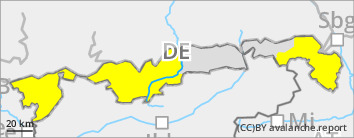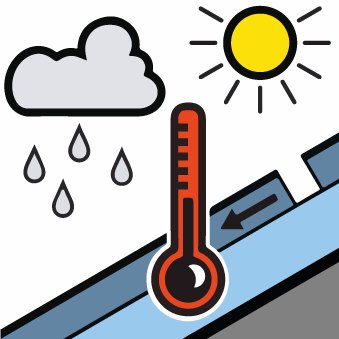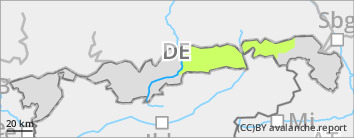
Danger level
 |
|  |  |

Wet avalanches can trigger naturally.
Avalanche danger is moderate. Main problem: moistening of the snowpack. Even during the course of the morning wet loose snow avalanches can release spontaneously in extremely steep terrain. In addition, glide-snow avalanches are possible at anytime in all aspects on very steep slopes over smooth ground that have not yet discharged, in sparsely wooded deciduous forests, or on smooth rock slabs. Avoid stopping or staying below zones with glide cracks. Where there is still enough snow, wet avalanches can attain medium size.
Snowpack
Arising clouds will prevent the formation of a massive melt-freeze crust during the night. Due to milder temperatures, dense clouds and showery precipitation the snowpack soaks increasingly. In south-facing terrain there is barely any snow left up to high altitudes.
Tendency
The snowpack recedes gradually, as does avalanche danger.


